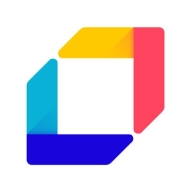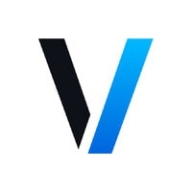

Find out in this report how the two Container Security solutions compare in terms of features, pricing, service and support, easy of deployment, and ROI.


Trivy is a versatile tool for scanning container images and identifying vulnerabilities, favored for its integration with CI/CD pipelines and ease of use. It supports scanning both operating system packages and application dependencies.
Trivy is an efficient tool designed to automate security checks and ensure compliance. Its quick setup, detailed analysis capabilities, and support for multiple programming languages and environments make it a reliable choice for users. Trivy provides comprehensive scanning and integration with CI/CD pipelines, resulting in accurate vulnerability detection and a smoother workflow for developers.
What are the most important features?Trivy is widely used in industries with a focus on maintaining high security standards such as finance, healthcare, and technology sectors. Its ability to detect vulnerabilities quickly and integrate with CI/CD pipelines makes it an essential tool for ensuring secure and compliant software development practices in these industries. Continuous improvements in speed, documentation, and integration could further enhance its value.
Veracode is a leading provider of application security solutions, offering tools to identify, mitigate, and prevent vulnerabilities across the software development lifecycle. Its cloud-based platform integrates security into DevOps workflows, helping organizations ensure that their code remains secure and compliant with industry standards.
Veracode supports multiple application security testing types, including static analysis (SAST), dynamic analysis (DAST), software composition analysis (SCA), and manual penetration testing. These tools are designed to help developers detect vulnerabilities early in development while maintaining speed in deployment. Veracode also emphasizes scalability, offering features for enterprises that manage a large number of applications across different teams. Its robust reporting and analytics capabilities allow organizations to continuously monitor their security posture and track progress toward remediation.
What are the key features of Veracode?
What benefits should users consider in Veracode reviews?
Veracode is widely adopted in industries like finance, healthcare, and government, where compliance and security are critical. It helps these organizations maintain strict security standards while enabling rapid development through its integration with Agile and DevOps methodologies.
Veracode helps businesses secure their applications efficiently, ensuring they can deliver safe and compliant software at scale.
We monitor all Container Security reviews to prevent fraudulent reviews and keep review quality high. We do not post reviews by company employees or direct competitors. We validate each review for authenticity via cross-reference with LinkedIn, and personal follow-up with the reviewer when necessary.